What is a Solid Dielectric Capacitor?
A solid dielectric capacitor is a capacitor where the dielectric material between the conductive plates is a solid medium. Common examples include plastic film, ceramic, and glass. These capacitors are known for their stability, reliability, and better performance in high-frequency and high-temperature environments compared to traditional capacitors that use liquid or gaseous dielectrics.
What Does Solid Dielectric Mean?
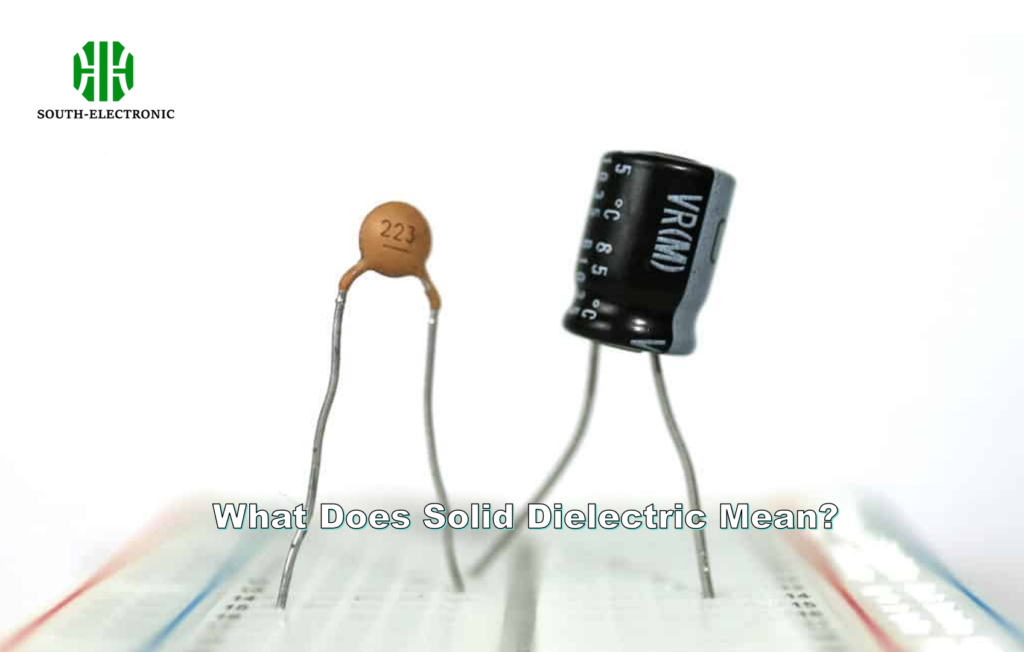
A dielectric is an insulator that you put between the plates of a capacitor to store electrical energy. Solid dielectrics are insulating materials in solid form, like ceramics or plastics, that help capacitors work better by keeping the plates from touching each other and letting them store more charge at higher voltages.
Some common solid dielectrics include:
- Plastic film: Often used in capacitors for high-frequency applications.
- Ceramic: Known for its stability and reliability.
- Glass: Provides high dielectric strength and durability.
| Dielectric Material | Characteristics | Applications |
|---|---|---|
| Plastic Film | High-frequency performance | High-frequency circuits, power electronics |
| Ceramic | Stability, reliability | Consumer electronics, automotive, industrial uses |
| Glass | High dielectric strength | Medical equipment, aerospace |
What Are the Functions of Solid Dielectric in a Capacitor?
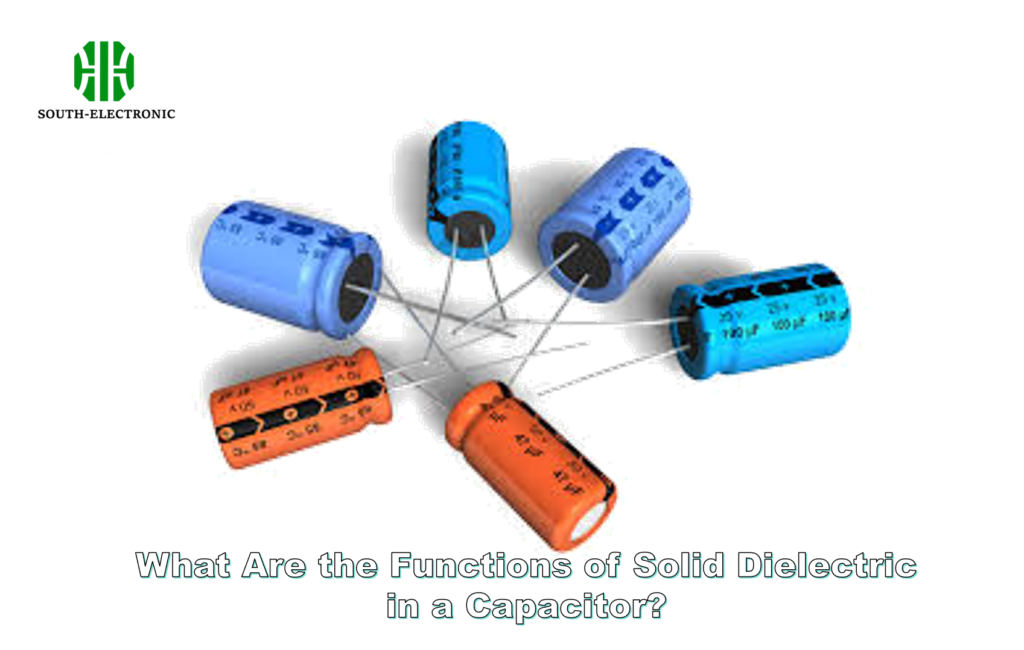
Solid dielectrics in capacitors serve several important functions:
- Prevention of Plate Contact: The dielectric keeps the two conductive plates apart, preventing short circuits.
- Increase in Capacitance: The dielectric reduces the electric field between the plates, allowing the capacitor to store more energy without increasing the size of the plates.
- Higher Efficiency: Solid dielectrics allow for better performance at higher voltages and temperatures, which makes them ideal for demanding applications like power electronics.
What is the Purpose of Dielectric in a Capacitor?
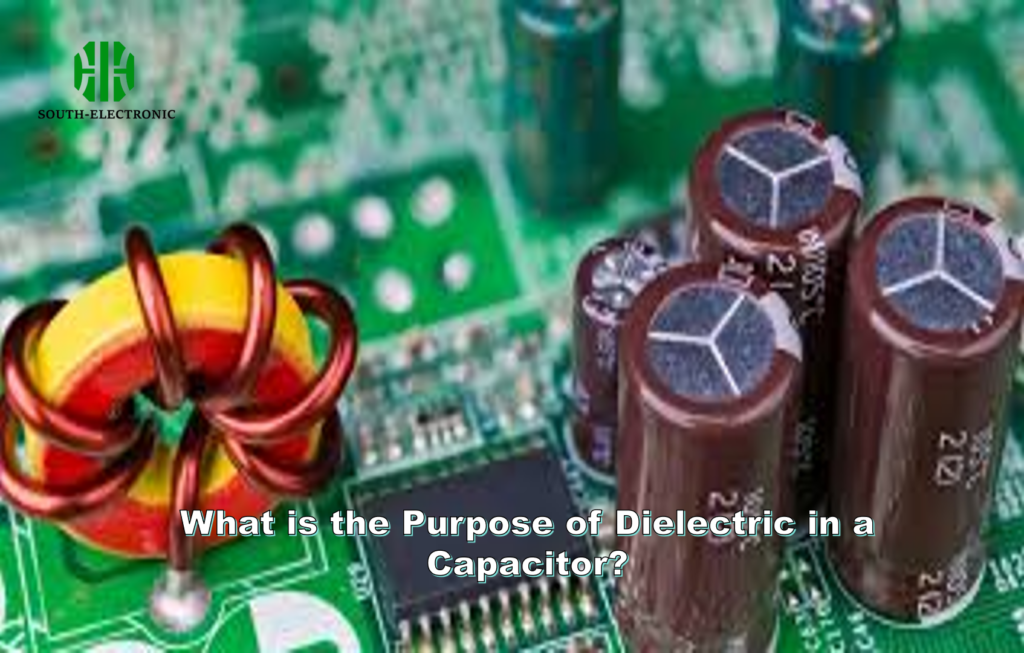
The dielectric material inside a capacitor significantly influences its performance. Dielectrics store electrical energy by becoming polarized when placed between the charged capacitor plates. This polarization reduces the voltage across the plates, increasing the overall capacitance. As a result, solid dielectric capacitors can store more energy in a compact design, making them efficient for a wide range of uses.
For example, in high-frequency applications, the dielectric minimizes energy losses, maintaining the capacitor’s efficiency.
What is the Difference Between a Solid Capacitor and a Normal Capacitor?
Solid capacitors, which use solid dielectrics, offer several advantages over conventional capacitors that use liquid electrolytes or gaseous materials as the dielectric:
| Feature | Solid Capacitors | Conventional Capacitors |
|---|---|---|
| Dielectric Material | Solid (plastic, ceramic, glass) | Liquid electrolyte or air |
| Temperature Tolerance | High | Medium |
| Frequency Response | Stable at high frequencies | Less stable at high frequencies |
| Durability | Long-lasting, no leakage risk | Prone to leakage over time |
What are the Advantages of Solid Dielectric Capacitors?
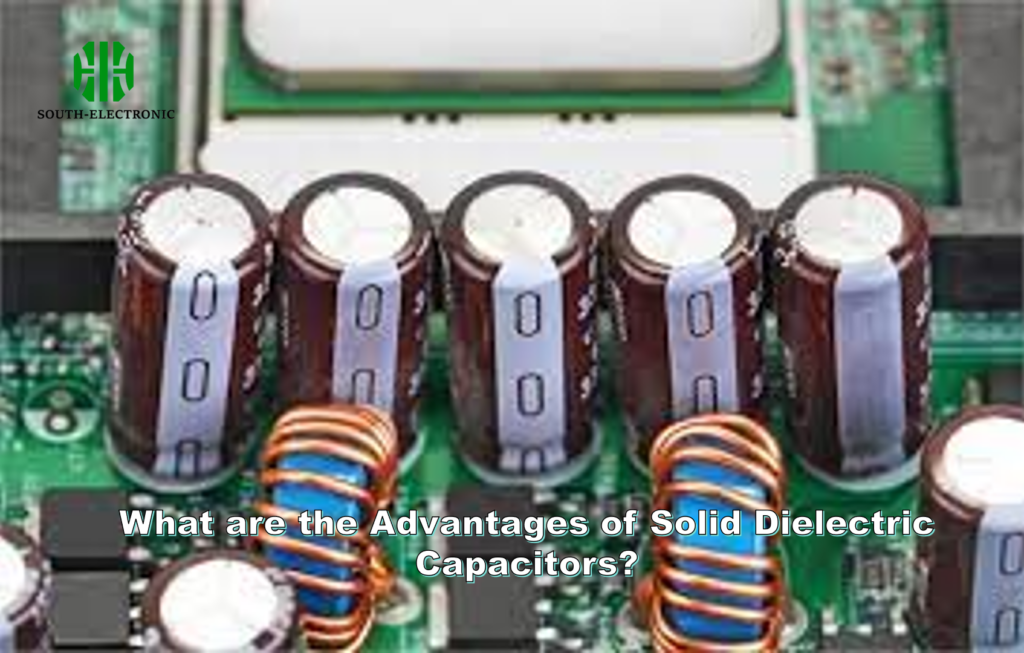
Solid dielectric capacitors are preferred for several reasons:
- Stability: They are less affected by environmental factors like temperature and humidity, ensuring reliable performance.
- Long Lifespan: These capacitors are more durable compared to their liquid counterparts.
- Compact Design: Despite their small size, they provide high capacitance values, which is important for modern electronics where space is limited.
- Energy Efficiency: Solid dielectric capacitors exhibit low energy losses, which makes them more efficient, especially in power-sensitive applications.
Example Applications:
- Automotive Industry: Used in engine control units (ECUs) and other high-temperature environments.
- Consumer Electronics: Found in devices like smartphones, laptops, and gaming consoles for better performance and durability.
- Aerospace: Used in circuits that operate under extreme environmental conditions.
What is the Solid Dielectric Capacitor Formula?
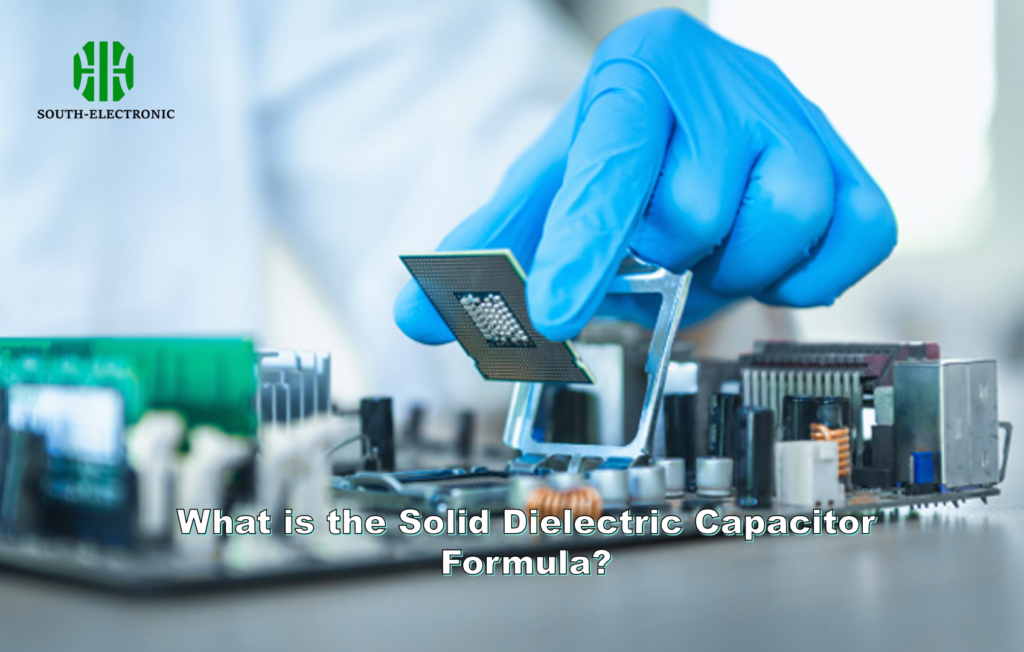
The capacitance of a solid dielectric capacitor can be calculated using the following formula:
[C = \frac{{\varepsilon_r \cdot \varepsilon_0 \cdot A}}{d}]
Where:
- ( C ) = Capacitance (Farads)
- ( \varepsilon_r ) = Relative permittivity of the dielectric material
- ( \varepsilon_0 ) = Permittivity of free space (8.854 x 10^-12 F/m)
- ( A ) = Area of the capacitor plates (m²)
- ( d ) = Distance between the plates (m)
Example Calculation:To calculate the capacitance of a ceramic capacitor, you need to know the relative permittivity, plate area, and separation. Let's say you have a ceramic capacitor with a relative permittivity of 1000, a plate area of 1 cm², and a separation of 1 mm. You can use the formula above to calculate the capacitance. This information is important for designers who need to choose the right capacitor for their applications.
Solid dielectric capacitors have a lot of advantages. They’re tough, they’re reliable, and they work better than other capacitors at high temperatures and high frequencies. If you’re an electrical engineer working on power electronics, or if you’re just a hobbyist building your first circuit, you need to know about solid dielectric capacitors. They’ll help you make better design choices.
If you want to learn more or need help picking the right capacitor for your project, don’t be afraid to look up more information or ask somebody who knows what they’re talking about.


